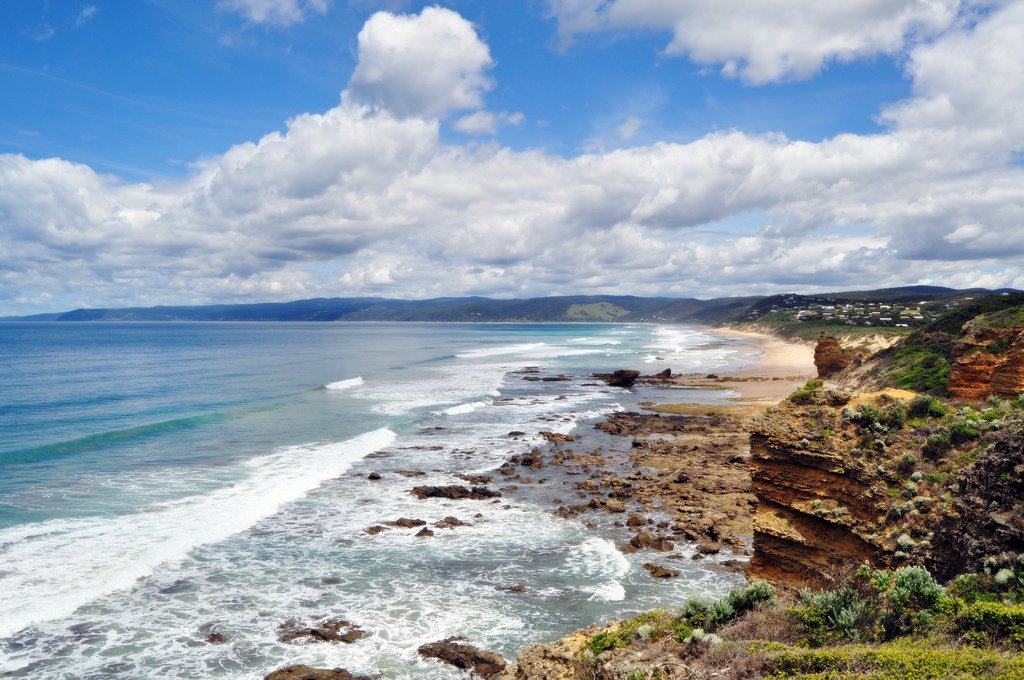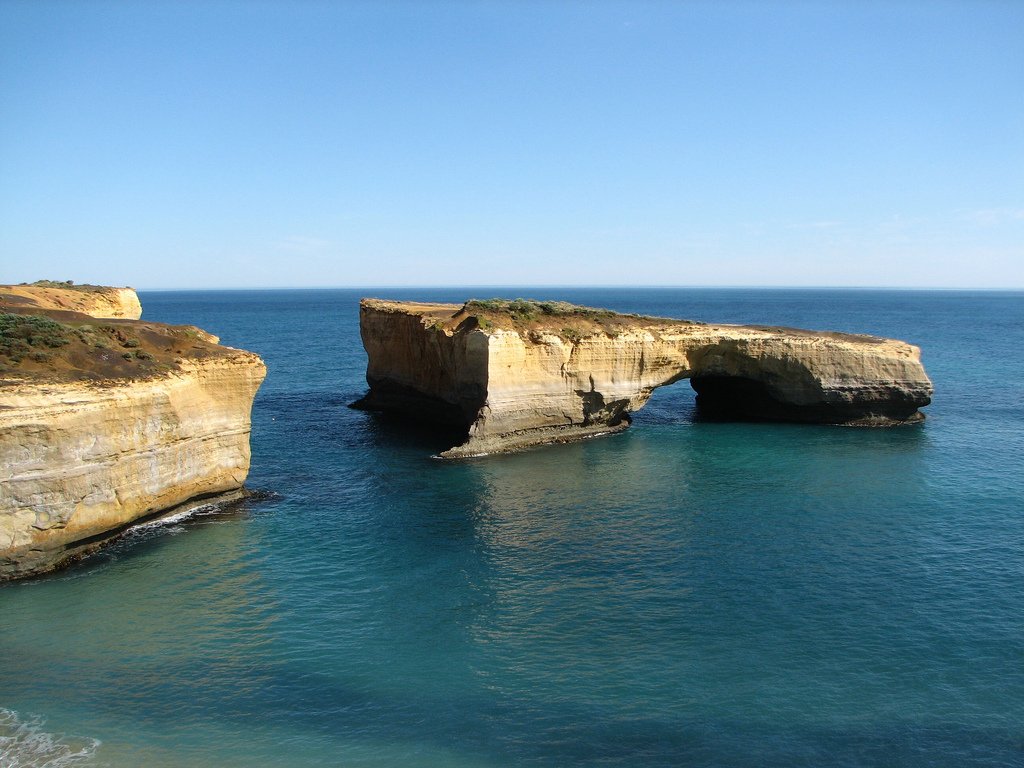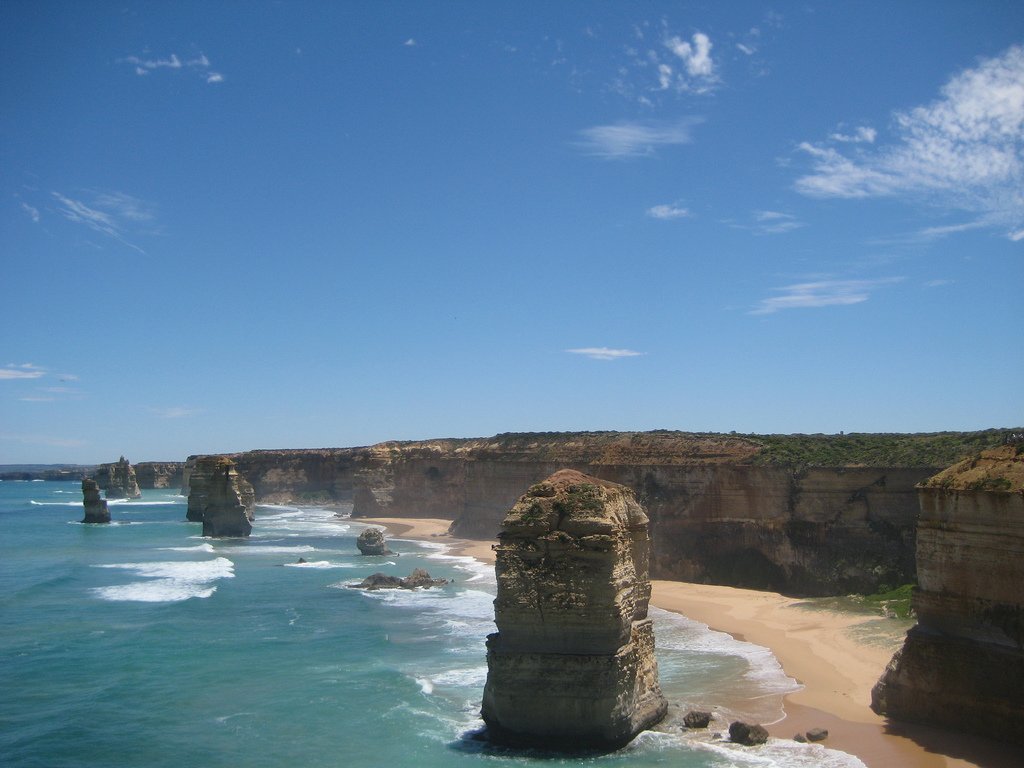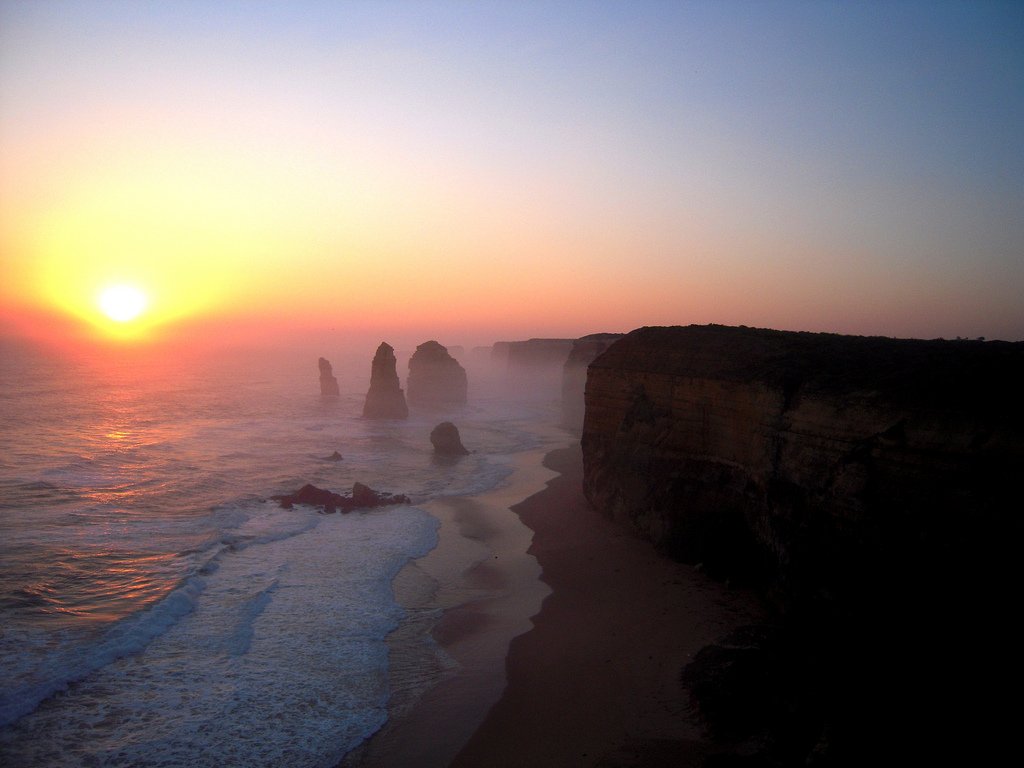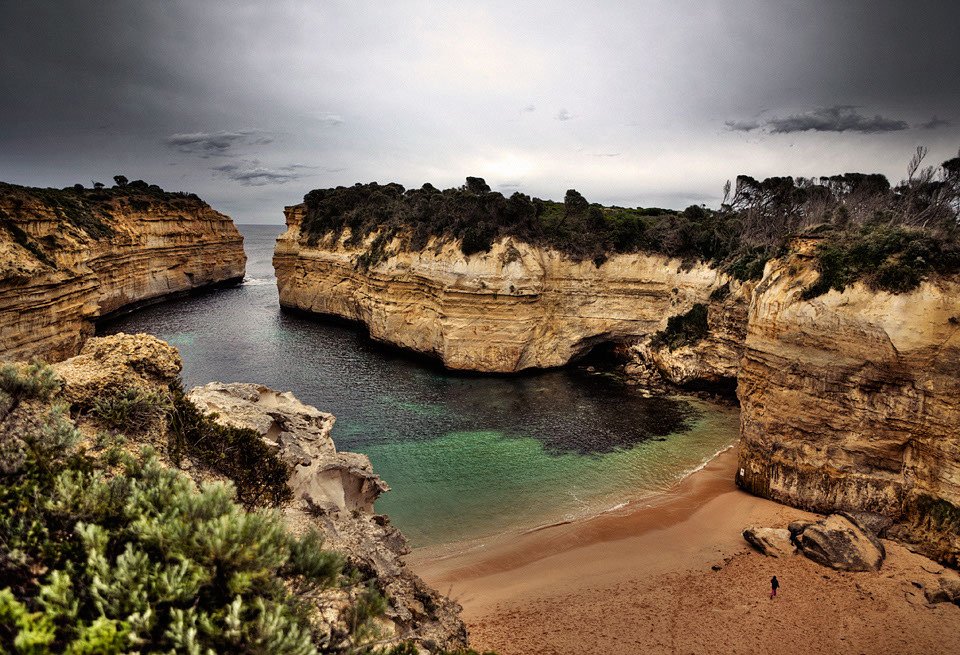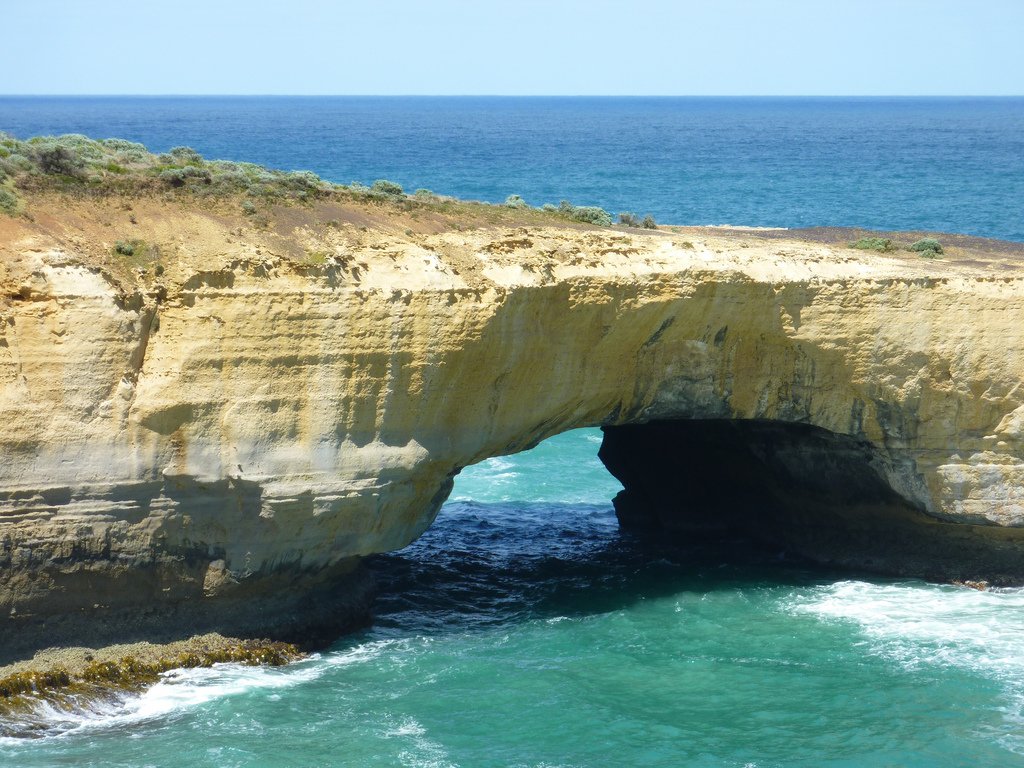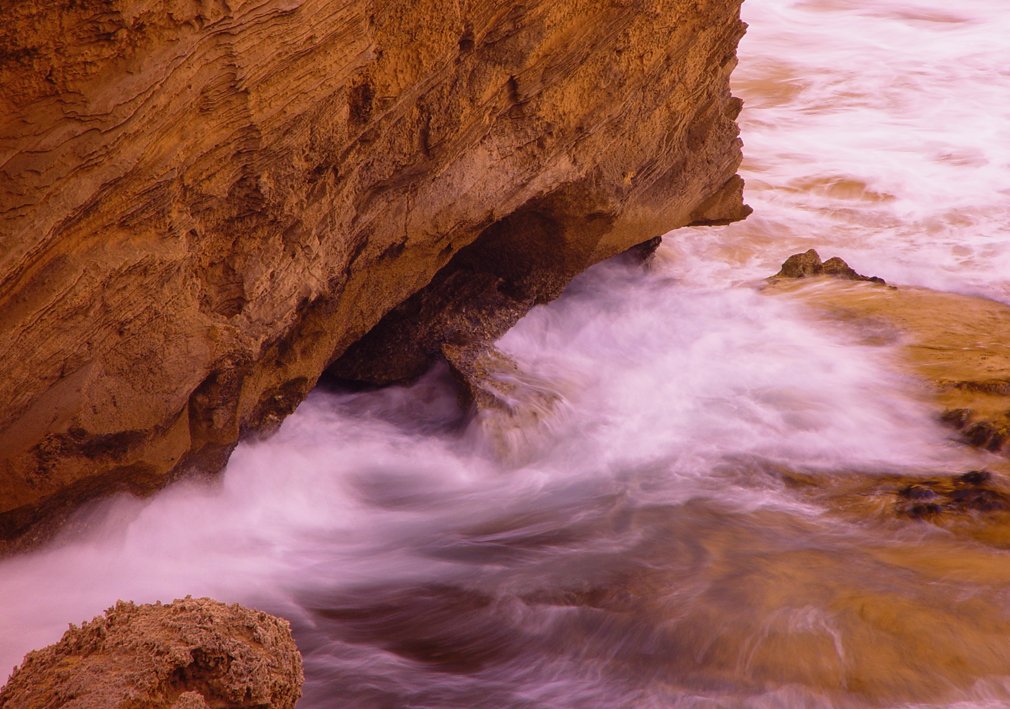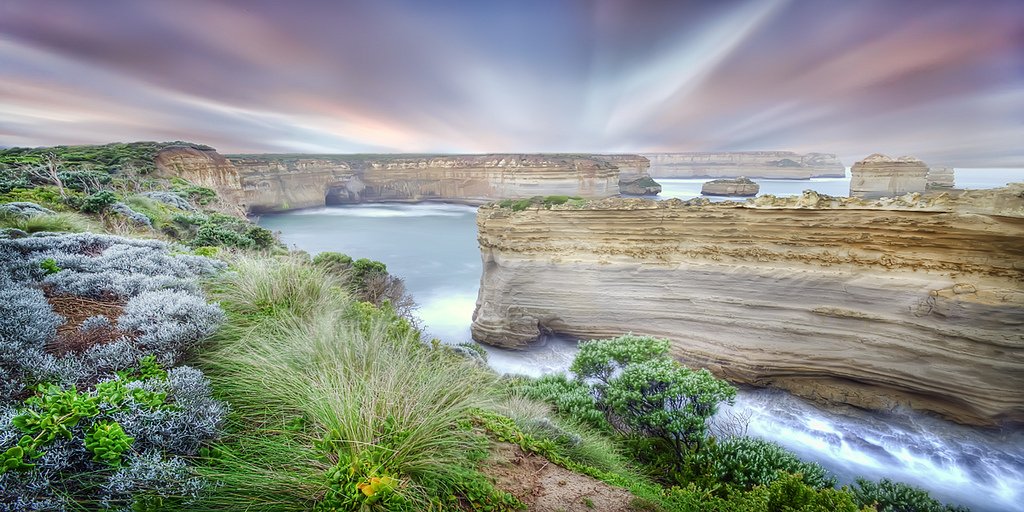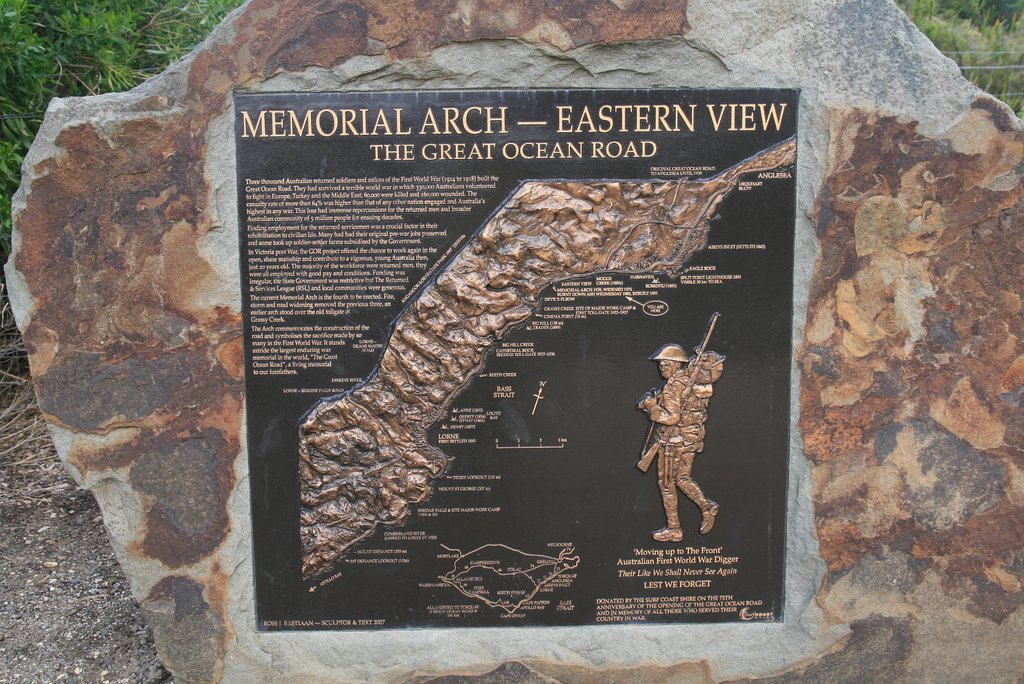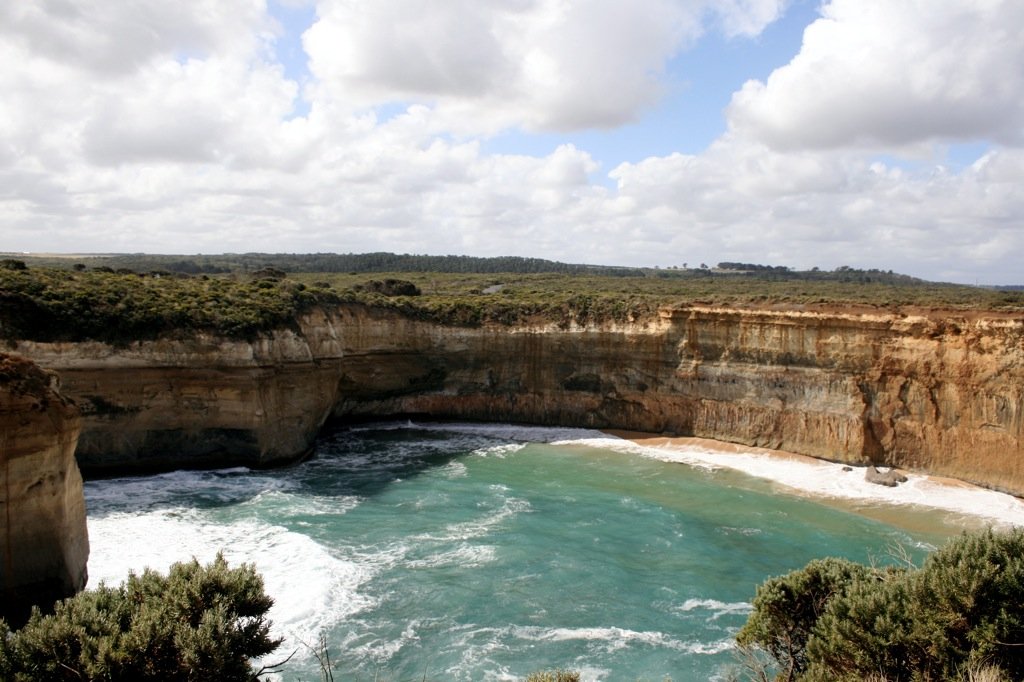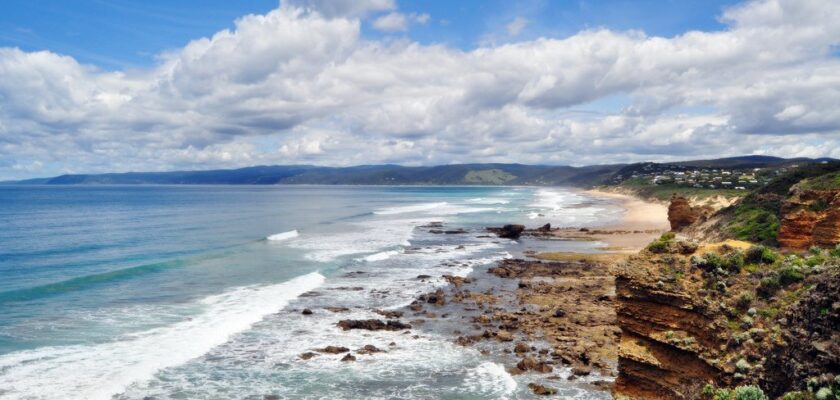.
Throughout the entire length of the highway, the posted speed limits should be adhered to: between 50 and 80 km/hour. This is due to the fact that the road partly consists of mountain serpentine and has left-hand traffic, which is unusual for many tourists. In addition, the picturesque scenery distracts the attention of drivers from the road, where you want to stop and enjoy the surrounding beauty.
.Traveling along the unique route, tourists will get to know the peculiarities of life and life of the indigenous inhabitants of the continent. In Australia, food is still cooked according to local traditions, national musical instruments are played, and people are ready to welcome every new guest. Travelers have the opportunity to record unique ancient recipes, learn how to throw a boomerang and enjoy the sounds of didgeridoo in Geelong. In Warrnambool you can watch the migration of southern right whales and in Anglesey you can play a game of golf alongside kangaroos. Travelers delight like children swimming with dolphins in Queenscliff and on the Bellarine Peninsula. And a pre-dawn canoe ride on Lake Elizabeth among the platypuses even risks being the most memorable sunrise of your life!
.For food lovers, the Great Ocean Road will tempt with fresh fruits and vegetables, gourmet dishes and fine wines. For seafood, the wharf of any coastal town and the fish markets in Lornie and Apollo Bay are worth going to. Farms in Colac, Heywood, Gellibrand and Deans Marsh offer flavorful berries. Allansford, Timboon and Kurimangla are famous for their exquisite cheeses. The Great Ocean Road is famous for its wines, which are aged in the cool climate of numerous wineries (Colac, Apollo Bay, Timboon, Geelong and Genti). The excellent cuisine and hospitality of the local restaurants, cafes and tea rooms scattered throughout the region will not leave you indifferent.
.Attractions
The wooden memorial arch above the road with the inscription “Great Ocean Road” is considered the beginning of the road. It is from this point that the thrilling road trip begins.
Part of the highway runs along the coast, which is appreciated by beach lovers and surfers. The waves here can be particularly impressive, so Bells Beach often hosts international surfing competitions.
.
Traveling along the Great Ocean Road, it is worth stopping at the observation deck, from which you can see the limestone cliffs of the Twelve Apostles, which change their color depending on the light.
.We also recommend a visit to the historically significant Aboriginal parking lot near Tower Hill
.Excursions may include a visit to Otway National Park, known for its stunning waterfalls and sparkling gorges, and the amazing caves at Cape Bridgwater.
.Not to be missed is the opportunity to view the Arch of London, a 20 million year old rock formation located in Port Campbell National Park.
.On the shores of Lake Conda, a World Heritage Site, you can see stone houses and fishing gear left over from the Aboriginal people who once lived here.
.The Shipwreck Coast is a place of mesmerizing beauty, but at least 80 large ships have wrecked here. Storms can strike unexpectedly in this area, and the combination of strong winds and giant ocean waves has resulted in fantastic rock formations, including the famous cliffs called the Twelve Apostles. These limestone cliffs once formed part of the coast, but over many millennia erosion has turned them into freestanding cliffs in the turbulent waters of the ocean.
.
The list of beautiful places that tourists admire while traveling along the Great Ocean Road is endless. Wild beaches, rocky gorges, and mesmerizing views allow you to take your mind off city life and take great photos, discovering something new around every corner.
.
